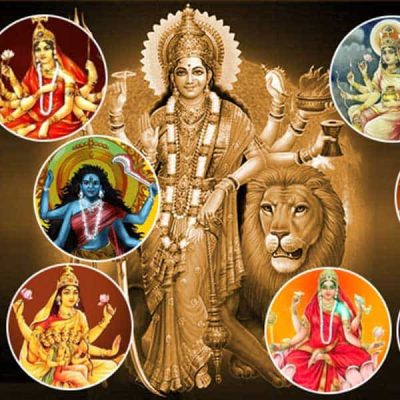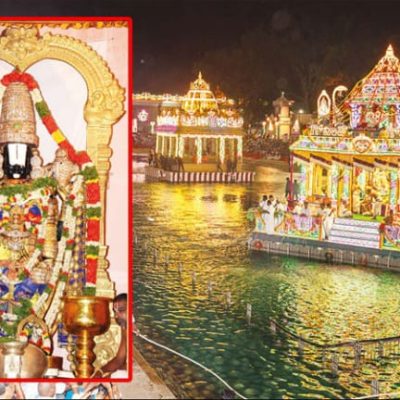Thiruparuthikunram Jain Temples- Kanchipuram
Address
Thiruparuthikunram Jain Temples- Thiruparuthikunram, Pillaiyarpalayam Putheri, Kanchipuram District, Tamilnadu – 631502
Deity
Lord Mahaveer
Introduction
- Location: Thiruparuthikunram, a suburb of Kanchipuram.
- Historical Significance: Testimony to the glory of Jainism in the region, historically known as Jinkanchi.
- Deity: Presiding deity is Lord Mahaveer in this Jinalaya.
- Historical Construction: Originally commenced by the Pallava dynasty; expanded during the reigns of Chola and Vijayanagara emperors.
- Temple Complex: Includes two Jain temples: Trilokyanatha Temple and Chandra Prabha Temple.
Puranic Significance
- Deity’s Idol: Mahaveerar idol made of bright pink stone; currently managed by the Tamil Nadu Archaeological Department.
- Jain Heritage: Once a center of Jainism with a Jaina mutt, now relocated to Melsithamur near Gingee.
- Legends: Attributed to Jain sages Vamana and Mallisena or to King Simhavishnu and his wife, who donated the land.
- Inscription Records: The temple received significant land grants from Parakesarivarman Chola and Kulottunga Chola.
- Gopuram Construction: Built by Sage Pushpasena Vamanarya; contributions by Pallava kings like Alagiya Pallavan.
- Vijayanagar Contributions: Kings like Krishnadevaraya donated land and renovated paintings in the 16th-17th centuries.
Special Features
- Temple Complex Structure: Comprises two sections: Thrailokianathar Jinalaya and Thirukooda Basdi.
- Trilokyanatha Temple:
- Construction Date: Built in 556 AD by King Simhavishnu Pallava; later renovated by Kulothunga Chola in the 10th century.
- Sanctum Features: Features Gajabrushta style; wooden statue of Mahaveerar installed due to erosion of the original stone idol.
- Architectural Style: The ardhamandapam and muhmandapam reflect Chola temple art.
- Thrikooda Basdi:
- Construction Date: Built in the 12th century and renovated by Chola kings.
- Sanctums: Contains idols of Shri Padmapraba, Shri Vasupoojyar, and Shri Parshwanathar.
- Pavilion: Features a Sangeethamandapam (pavilion for concerts) with 24 intricately designed pillars.
- Additional Structures: Includes a shrine for Brahmadevar, five saint chambers (Munivasam), and a holy tree (Kura).
- Stone Inscriptions: Historical inscriptions preserved in the temple complex; now managed by the Archaeological Survey of India.
- Trilokyanatha Temple:
Festivals
- Mahavir Jayanti:
- Celebration of the birth of Lord Mahavir, the 24th Tirthankara.
- Observed on the 13th day of the month of Chaitra in the Jain calendar.
- Festivities include:
- Rituals: Special prayers and offerings at Jain temples.
- Processions: In some regions, processions are held with the idol of Lord Mahavir.
- Cultural Events: Discourses on the teachings of Mahavir, including non-violence and truth.
- Community Involvement: Activities promoting community service and charity, reflecting Mahavir’s teachings.
- Celebratory Feasts: Distribution of sweets and meals among devotees and the needy.
Century/Period/Age
6th century CE.
Managed By
Archaeological Survey of Tamilnadu (ASI)
Nearest Bus Station
Kanchipuram
Nearest Railway Station
Kanchipuram
Nearest Airport
Chennai





